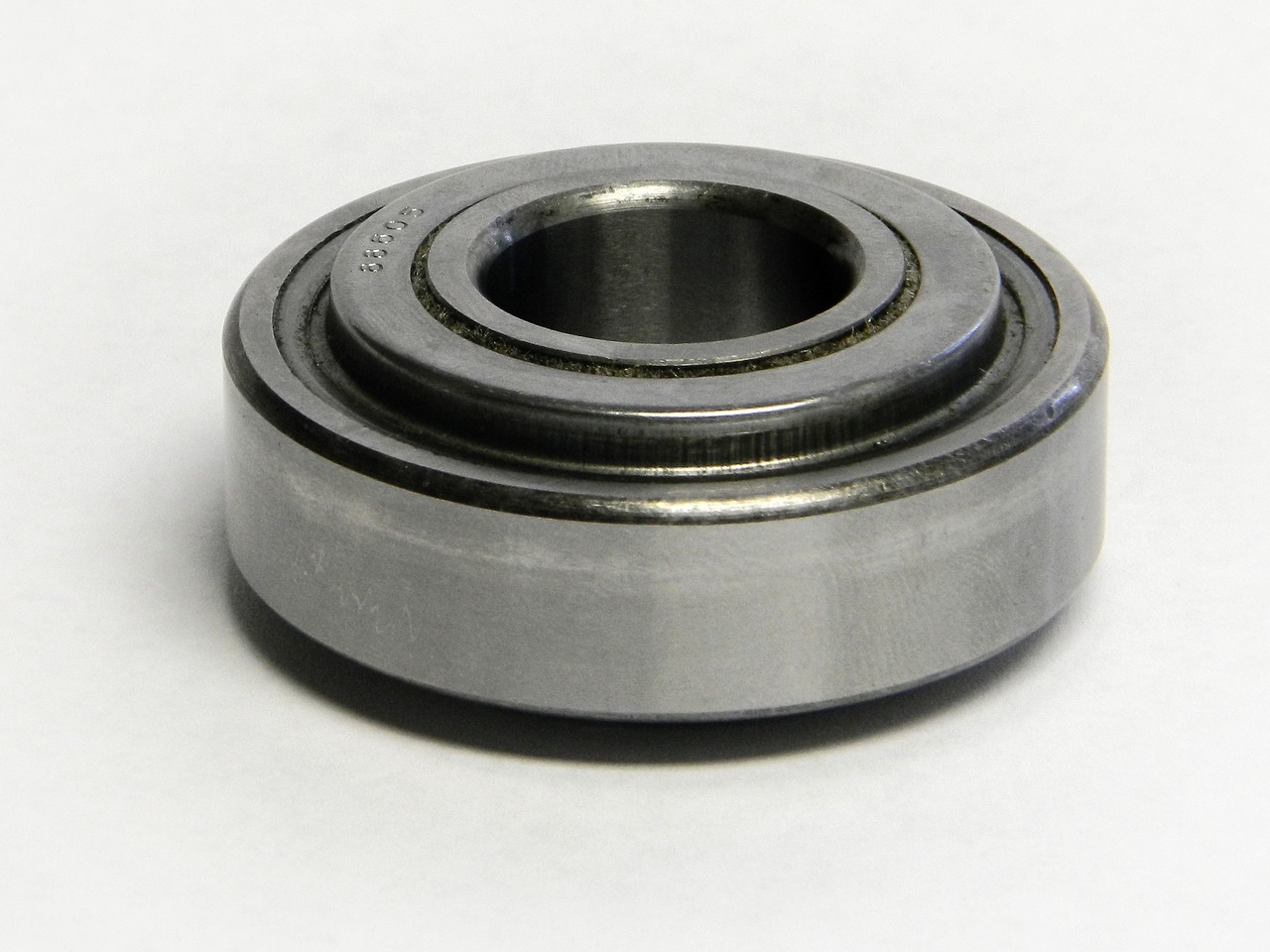What Are Ceramic Bearings Imagine racing
What Are Ceramic Bearings Imagine racing
Blog Article

Imagine racing down a mountain trail, the wind whipping past you, your bike's components working in perfect harmony. Now, consider what makes that possible: the bearings. While often overlooked, the choice of bearings can drastically affect performance, durability, and maintenance. Among the various types, ceramic bearings are gaining traction due to their unique properties that cater to both recreational and competitive cyclists. This guide will delve into why ceramic bearings are becoming the go-to option for enthusiasts and professionals alike.
What Are Ceramic Bearings?
Ceramic bearings utilize balls made from ceramic materials instead of traditional steel. This fundamental difference in composition leads to several advantages, including lower friction and increased resistance to wear and corrosion. Unlike their steel counterparts, ceramic bearings can operate at higher speeds and endure harsher conditions without significant degradation.
Advantages of Ceramic Bearings
One of the most compelling reasons to switch to ceramic bearings is their reduced friction. This property not only enhances efficiency but also leads to improved performance in various applications. For instance, in cycling, reduced friction means that riders can maintain higher speeds with less effort.
Moreover, ceramic bearings are exceptionally durable. They are less prone to rust and corrosion, which makes them ideal for environments exposed to moisture and dirt. This quality extends the lifespan of the bearings, translating into lower replacement costs over time.
[IMAGE]
Applications of Ceramic Bearings
Ceramic bearings have found their niche in various fields, notably in cycling, motorsports, and even aerospace. In cycling, professional riders often rely on these bearings to shave off precious seconds during competitions. The same goes for motorsport applications where performance and reliability are paramount. The aerospace industry also benefits from ceramic bearings, utilizing them in high-speed engines and equipment where weight and efficiency are critical.
Maintenance and Care
While ceramic bearings are durable, proper maintenance is essential to maximize their lifespan. Regular cleaning and lubrication can prevent the accumulation of dirt and debris, which may compromise performance. Unlike steel bearings, ceramic counterparts do not require frequent replacements, but ensuring they remain in optimal condition is vital for long-term functionality.
For those looking for a comprehensive resource on ceramic bearings, check out https://www.aubearing.com/the-ultimate-guide-to-ceramic-bearings/. This guide provides in-depth insights and tips tailored for both novice and experienced users.
Cost Considerations
It’s important to note that ceramic bearings often come at a higher price point compared to traditional steel bearings. However, the long-term benefits can outweigh the initial investment. When considering factors such as durability, performance enhancement, and decreased maintenance costs, many find that ceramic bearings are worth the price.
Conclusion
Choosing the right bearings can have a profound impact on performance, longevity, and overall riding experience. Ceramic bearings stand out as a premium option, particularly for those who prioritize speed, efficiency, and less frequent maintenance. As more cyclists and professionals recognize their benefits, the adoption of ceramic bearings is likely to rise, paving the way for a new standard in rotational technology.
Report this page